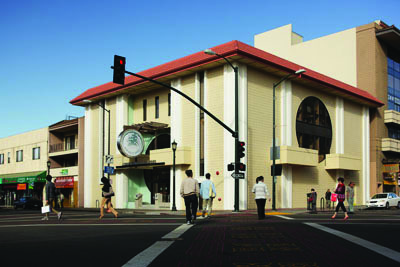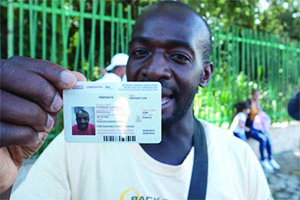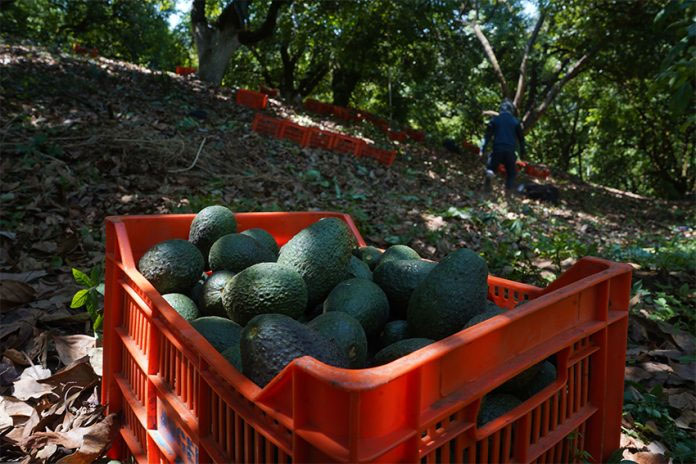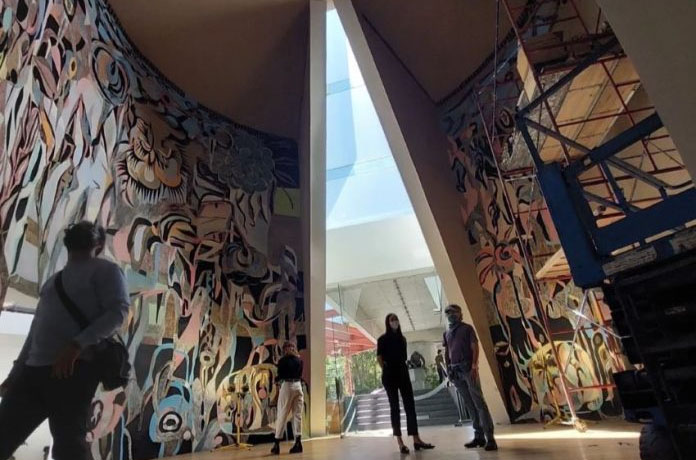by Magdy Zara
The San Francisco Museum of Modern Art is home to the most extraordinary exhibition of Lowrider art to come to the Bay Area.
Striped, with sleek exteriors, lush and upholstered interiors, lowriders are designed to be seen and admired.
This multisensory exhibition, by artists Mario Ayala, Rafa Esparza and Guadalupe Rosales, began on Aug. 5, 2023 and ends next Monday, Feb. 19. In this exhibition, the artists interact with the visual language of lowriders, and explore cruising as a practice of resistance and community visibility.
Reflecting on their own early experiences roaming the streets of Los Angeles, Ayala, Esparza and Rosales have transformed four galleries on Floor 2 through vibrant multi-sensory installations. Celebrating and disrupting the lowrider, the exhibition begins with a newly commissioned mural by the three artists, followed by immersive galleries featuring paintings, sculptures, photographs, archival materials and a sound installation. Each space engages the senses to evoke the experience of lowriding while examining themes of memory, stories of authorship, queer experiences, issues of surveillance, and the relationship between humans and machines.
Sitting in Chrome, it will culminate on February 19 and shows how these personalized cars are modified over time by drivers, their families and communities for the sake of joy and visual pleasure.
You still have time to witness this wonderful and creative exhibition, which will be on display until February 19, on the second floor of the SFMOMA, located at 151 3rd street, ft².
The museum hours are:
Monday to Tuesday: 10 a.m. to 5 p.m.
Wednesday: closed
Thursday: 1 p.m. to 8 p.m.
Friday to Sunday: 10 a.m. to 5 p.m.
SJMA presents talk on “environmental racism”
With the title “If Toxic Air is a Monument to Slavery, How Do We Tear It Down?”, the San José Museum of Art presents an exhibition and a talk on what could be called environmental racism, by the chief curator Lauren Schell Dickens.
Investigative agency Forensic Architecture uses cutting-edge technologies to investigate human rights violations, working on behalf of communities affected by police brutality, border regimes and environmental violence.
At SJMA, they present their research on the “Death Alley” petrochemical corridor, Louisiana, and offer tools to help combat a three-hundred-year continuum of environmental racism.
This will be on Friday, Feb. 23, 2024, starting at 12:30 p.m., free with admission to the museum, located at 110 Calle Mercado Sur, San José.
Santos: Skin to Skin opens Watsonville Film Festival 2024
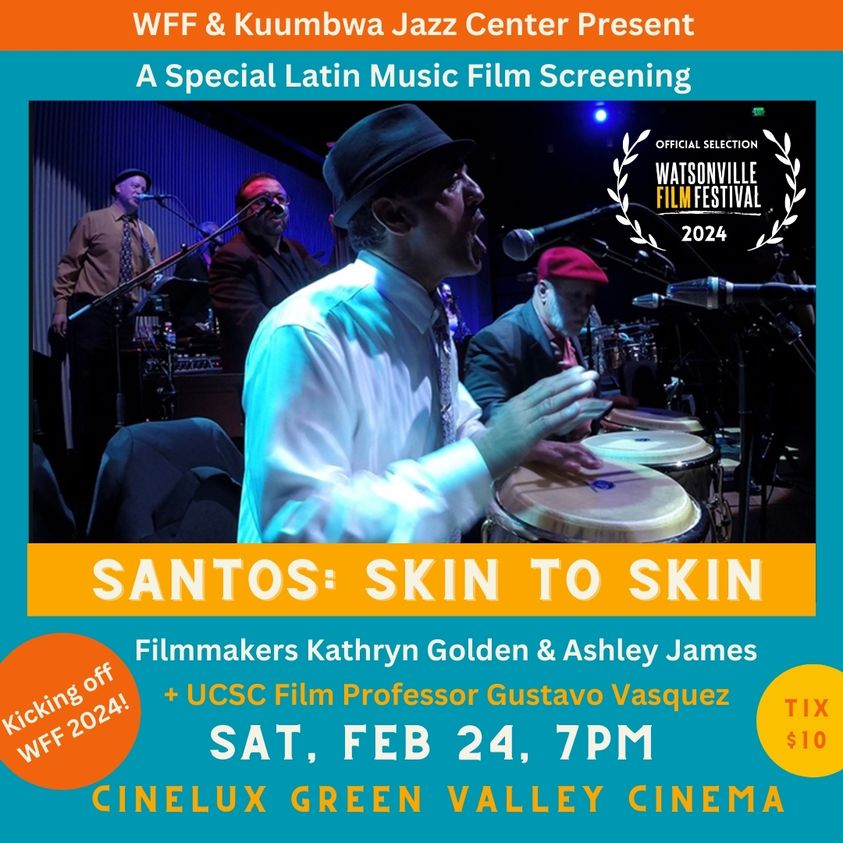
Santos: Skin to Skin is a cinematographic work that can be defined as a powerful portrait of the community activist and seven-time Grammy nominee, John Santos; who is known as the “keeper of the Afro-Caribbean flame.”
With the screening of this film production, the 2024 Watsonville Film Festival will be inaugurated.
Rich in musical performances, Santos: Piel a Piel links the rhythms of its ancestors with contemporary struggles of identity, resistance and social justice.
Director Kathryn Golden and producer Ashley James will participate in a post-film discussion facilitated by UCSC film professor Gustavo Vásquez.
The screening will be on Saturday, Feb. 24, from 7 p.m. to 9 p.m., at the CineLux Green Valley Cinema, located at 1125 South Green Valley Road, Watsonville. The ticket price is $10.
Gala and auction to benefit the San Francisco Children’s Choir
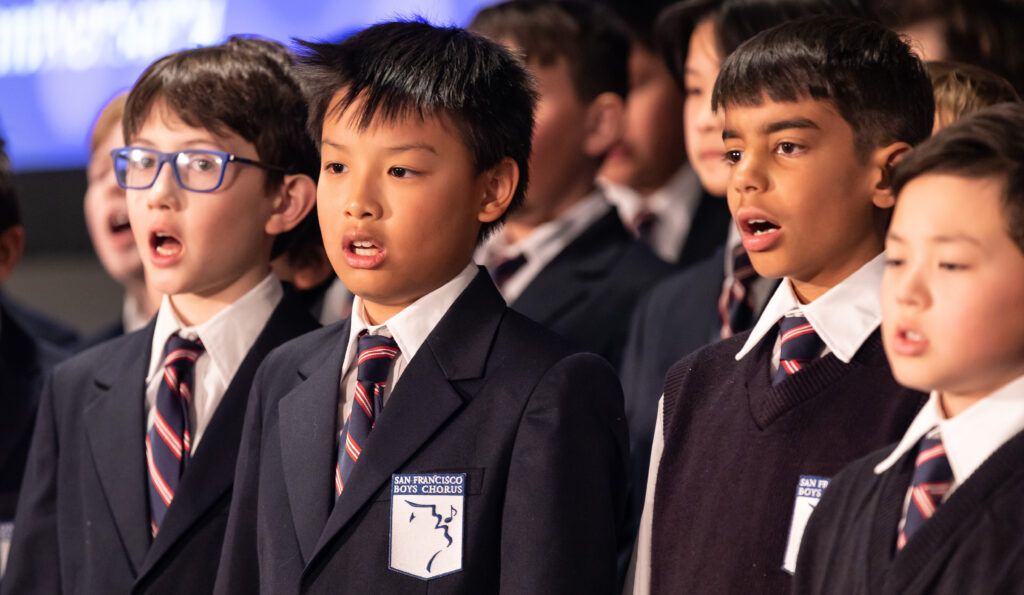
Like every year, the gala and auction will be held soon to benefit the San Francisco Children’s Choir’s Summer Music Camp, as well as to raise funds for tuition assistance.
This year during the elegant evening, attendees will be able to enjoy a pleasant time and contribute to a good cause.
The invitation is to participate in the silent and live auction, enjoying local wine with a 3-course dinner and wonderful music in a 5-star atmosphere.
Bid on local favorites and unique items during the fabulous auction program and enjoy performances by the San Francisco Boys Chorus and special guest artists. The evening raises tuition assistance funds for the San Francisco Children’s Choir’s music education and training program.
Tickets are now on sale. If you are unable to attend, please contribute a scholarship donation. This annual Choir gala will take place on March 2 starting at 6 p.m., admission is $250 and will be held at the St. Regis San Francisco, 125 Third Street, San Francisco.





